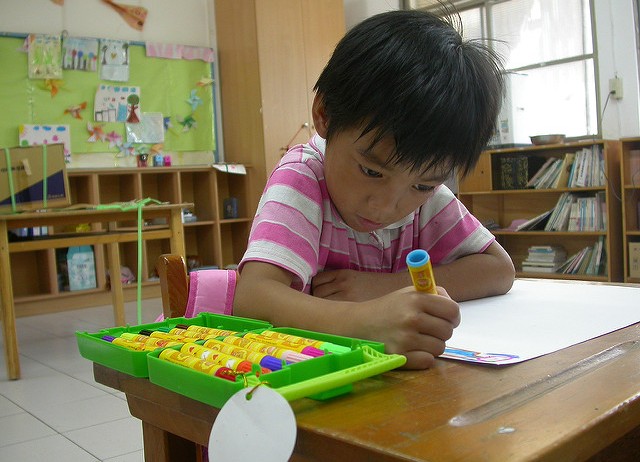You see the effort. You see the time put in. You see the frustration and the tears. Your child is not slacking. She works hard. But sometimes working hard is not enough. It’s time to improve your child’s efficiency.
Some children have the persistence to do homework but still lack organization and time management skills. And this lack of efficiency doesn’t just affect them academically. Spending a disproportionate amount of time on work means less time to engage in play activities that are important for growth and development. Fortunately, you can improve your child’s efficiency with time and practice. In this edition of the LearningWorks for Kids Beyond Games series we give you strategies that can improve your child’s efficiency.

You can use games like Hay Day to improve your child’s efficiency
First things first. Teach prioritization skills for test and exam taking. A helpful strategy for exams is to respond to all of the questions to which she knows the answer before spending time on more difficult questions. Help her construct very brief outlines in response to essay questions. Sitting towards the front of the class, having all materials ready and available upon receiving the test, and using a watch as a timer so that she is aware of how much time she has left to complete the test can reduce distractions and maximize efficiency.
Break it down. Make bigger tasks into smaller ones. Budget time spent on tasks by breaking larger tasks into portions that can completed on certain days and times. For a child who has a science fair project due in a month, divide the month into weeks and require that certain parts of the project be done by the end of each week.
Time tracking. Post a large, monthly family calendar in a central spot at home and smaller schedules throughout the household. Use different colored markers to order and prioritize daily appointments, tasks, and events on the large monthly family calendar. Use the smaller schedules for busy weeks or weekends. Emphasize how the time between appointments can be used to take care of household tasks. Encourage a child to use a similar process of prioritizing in completing homework, playing with friends, doing chores, and attending extracurricular activities.
Watch for weariness. Be aware of chronic underarousal in a child, as it may be a sign of a sluggish cognitive tempo. Observe her to see if she simply approaches everything in a very slow or sluggish fashion or if she seems to be bored with everything. This could be a sign of Attention-Deficit/Hyperactivity Disorder, Inattentive Type or of a generally sluggish cognitive tempo. Should this be a persistent problem, consult with her pediatrician to explore medical or nutritional issues.
You can do more to improve your child’s efficiency with the help of apps like Week Calendar, Boximize, and Notability, and games like Hay Day and Fit It Quick. Read more about time management and organization skills at our thinking skills page.
Featured image: Flickr user CleverClaire1983




